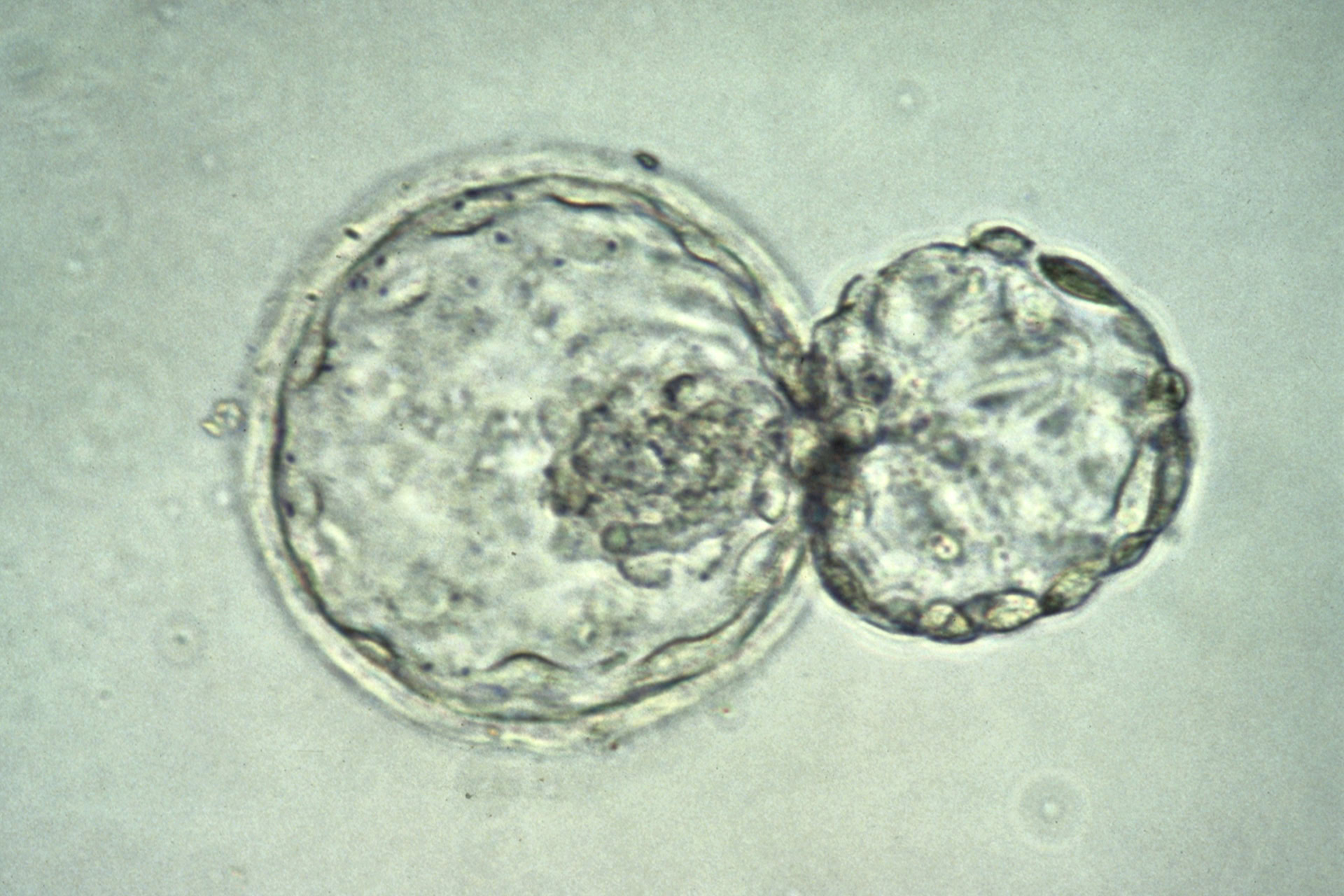A South African rugby player is believed to be the first in his country to receive an experimental stem cell therapy to treat a serious neurological disease.
Joost Van der Westhuizen, 40, was recently diagnosed with a form of motor neurone disease. At first, he thought the problems in his right arm were related to injuries acquired over his 17-year playing career. But as the problems spread to his right leg, he realised it was much more serious.
The treatment Van der Westhuizen is reportedly receiving involves extracting mesenchymal stem cells (MSCs) from fat cells taken from his abdomen which are then injected directly into the weakened muscle. It is hoped the MSCs, which have the ability to become bone, cartilage and neurons, will migrate to the damaged tissue and attempt to repair it. Since they are derived from the patient, there is no risk of rejection.
Van der Westhuizen's neurologist, Dr Jody Pearl, said she remained cautiously optimistic as the method had shown good results in cases abroad. 'This therapy is the most promising treatment we have to date in any kind of degenerative condition', she said.
The former Rugby World Cup winning Springbok was diagnosed with amyotrophic lateral sclerosis (ALS), a condition where nerve cells in the spinal cord and brain, responsible for controlling movements, deteriorate and die. The muscles that control walking, talking, breathing and swallowing become weak and non-functional, resulting in paralysis and death. There is currently no cure for the 350,000 people worldwide with ALS, and the mortality rate is 80 percent within five years.
The treatment, developed by UK neuroscientist Dr Steve Ray, is not available to the general public, and the cost involved was not disclosed.
Van der Westhuizen is not the first sports star to receive stem cell therapy using MSCs. Bartolo Colón, a pitcher for the New York Yankees baseball team, received an injection of MSCs taken from his bone marrow and fatty tissue to repair a damaged elbow and shoulder.
Colón, once sidelined after tearing the rotator cuff in his pitching arm, has since recovered from his injury and is again playing in Major League Baseball (MLB) games. MLB is reportedly investigating whether the treatment could qualify as a performance-enhancing drug.







Leave a Reply
You must be logged in to post a comment.